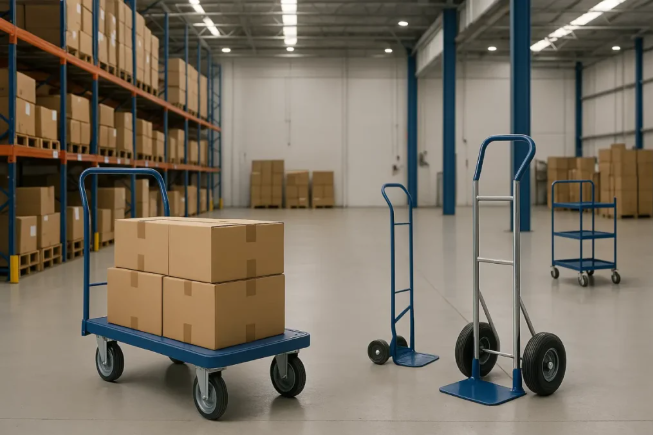News
Understanding the Family Purpose Doctrine in Car Accident Cases

In many car accidents, determining who was at fault is fairly simple. That’s not always the case, though. Some accidents are far more complex than others, and the person who was legally responsible may not necessarily be the driver of the other vehicle. At-fault parties can sometimes be mechanics, vehicle or parts manufacturer, drivers’ employers, or even government agencies that failed to maintain their roadways.
In certain instances, the owner of the vehicle may be held accountable for a victim’s injuries and losses even if they weren’t driving or in the vehicle when the collision took place. That’s known as the Family Purpose Doctrine. Understanding how the family purpose doctrine in car accidents works can help protect you whether you’re the victim of another driver’s negligence or a vehicle owner.
What Is the Family Purpose Doctrine?
First, let’s take a closer look at the Family Purpose Doctrine. As noted, it’s a legal rule that says liability for a car accident can be extended to a vehicle owner rather than the person who was actually operating the vehicle. This doctrine was developed to protect people who are injured in accidents in which the driver who’s at fault doesn’t have the financial means to cover the costs of their compensation. It typically applies to heads of household.
For example, if the owner of a vehicle allows their spouse, teenager, or elderly parent to drive it and that driver causes an accident, the owner would ultimately be responsible for the damages. Additionally, if a grandparent allows a teenage grandchild to borrow their vehicle and the grandchild causes a collision, the grandparent would be held accountable.
When Does the Family Purpose Doctrine Apply?
Several factors must come together for the Family Purpose Doctrine to apply. For one, the vehicle in question must be owned or provided by the head of a household for other family members to use. Secondly, the driver who caused the accident must be a member of the provider’s household, such as a child, spouse, or other dependent. Finally, the driver must have had permission to use the vehicle, and the trip must have served a purpose for the household, such as taking children to school, buying groceries, or driving a family member to work.
How Does the Doctrine Protect Accident Victims?
In many car accidents, victims file claims with the responsible party’s insurance company. If the payout doesn’t fully cover their medical bills and other accident-related expenses or their claim is denied, the victim can pursue the case in court. They do so by filing a lawsuit against the at-fault driver. From there, the court may rule that the driver has to pay for the victim’s injuries, losses, and other damages.
What happens when the driver doesn’t have the resources to cover those expenses, though? That’s often the case with minor children, stay-at-home spouses, and elderly parents. Per the Family Purpose Doctrine, the head of household who provided the vehicle for the at-fault person to drive would be responsible for compensating the victim.
Using the Family Purpose Doctrine in Car Accident Cases
The Family Purpose Doctrine was put into place to protect accident victims against drivers who may not have the means to compensate them for their damages. It’s very specific, though, and it doesn’t apply to all accidents involving borrowed vehicles. For vehicle owners who may be held liable under the Doctrine, it’s important to ensure they have enough insurance coverage and that all potential drivers are covered under their policies.
-

 Rappers9 months ago
Rappers9 months agoGloRilla Net Worth: Height, Age, Bio, Real Name & Career
-

 Businessman9 months ago
Businessman9 months agoBrandon Fugal Net Worth: How Rich is Skinwalker Ranch Owner?
-

 Rappers3 years ago
Rappers3 years agoBigXthaPlug Net Worth: Height, Age, Real Name & Career
-

 TV Stars9 months ago
TV Stars9 months agoKaleb Cooper Net Worth: How Rich is the TV Star Actually?
-

 Internet Stars3 years ago
Internet Stars3 years agoMufti Menk Net Worth: How Rich is the Islamic Speaker Actually?
-

 TV Stars9 months ago
TV Stars9 months agoCarla Diab Net Worth: How Rich is the TV Star Actually in 2025?
-

 Businessman2 years ago
Businessman2 years ago7 Proven Lead Generation Strategies To Implement in 2023
-

 Rappers9 months ago
Rappers9 months agoDD Osama Net Worth: Height, Age, Real Name, Career & More



















You must be logged in to post a comment Login